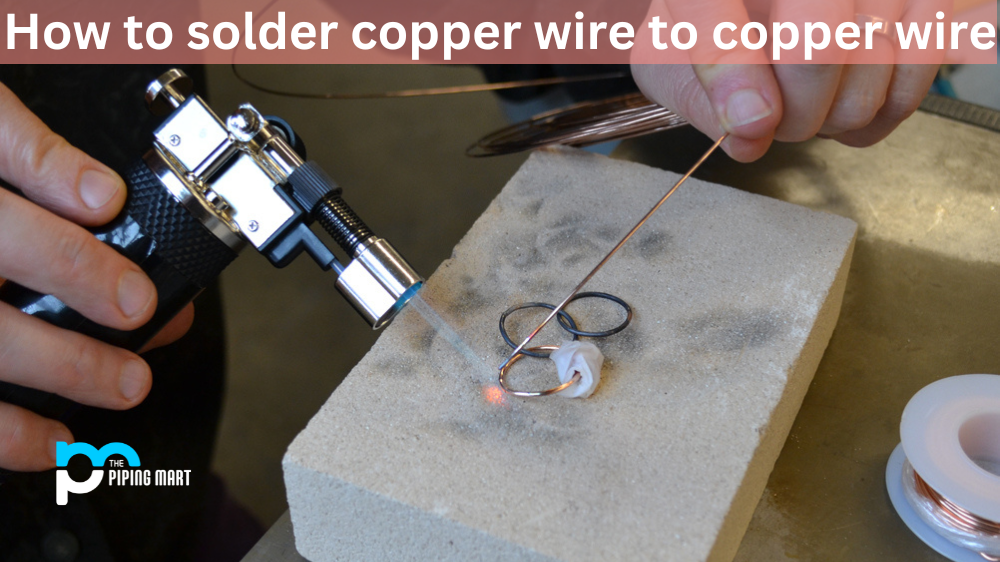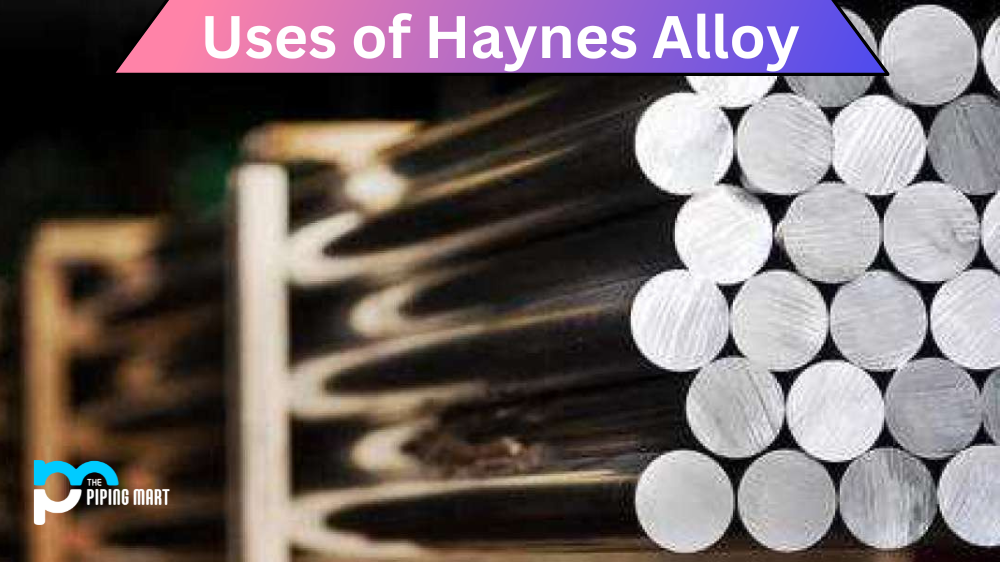In any electrical machine, there are a variety of losses that occur when energy is transferred. One type of loss is called copper loss, which occurs due to the resistance in the windings of the machine. This article will examine copper losses in detail and explain how they can be reduced in DC machines.
How Copper Losses Occur
Copper losses refer to the heat generated when current passes through the windings of a DC machine. This heat is usually dissipated as waste energy, resulting in an efficiency decrease. The number of copper losses increases with higher currents and also with increasing resistance values. Therefore, it is important to reduce these losses as much as possible to improve the efficiency of a DC machine.
How to reduce copper losses
There are several methods for reducing copper losses in a DC machine. The first is to reduce the current passing through the windings by using more efficient designs and components, such as larger cross-sectional areas for windings or better insulation materials. The second method is to reduce the resistance value of the winding material itself by using better quality conductors or different types of conductors, such as superconducting materials or composites. Finally, you can also use better cooling systems such as fans or water cooling systems to dissipate heat faster and more efficiently from the windings so that less heat is dissipated as waste energy.
How to reduce copper losses in a transformer
Reducing the copper losses in a transformer requires an effective design strategy. To reduce these losses, one of the most effective measures that can be taken is to use wire with a large cross-sectional area when manufacturing the coils. This helps as it reduces the load and current on each strand, which then reduces I2R loss. This means that there will be more efficient transfer of energy through the core of the transformer and this in turn will result in a reduction of copper losses and a less significant drop in output voltage. Additionally, the use of materials with excellent volumetric thermal resistivity for mechanical construction is also important for reducing copper losses by minimizing thermal gradients within the windings.
Conclusion
In summary, copper losses occur due to resistance in the windings of a DC machine and can significantly reduce its overall efficiency if not managed properly. There are several methods available for reducing these losses, including using more efficient designs and components, reducing winding resistance values, and improving existing cooling systems. By understanding these concepts and applying them appropriately, you can ensure your DC machines operate at their highest levels of efficiency while minimizing wasted energy due to copper losses.
Meet Heer, a dynamic and driven writer learning tricks of her trade in the metal industry. With a background in Digital Marketing, Heer brings a unique perspective to her writing, sharing valuable insights. Apart from blogging she like reading and hiking.




